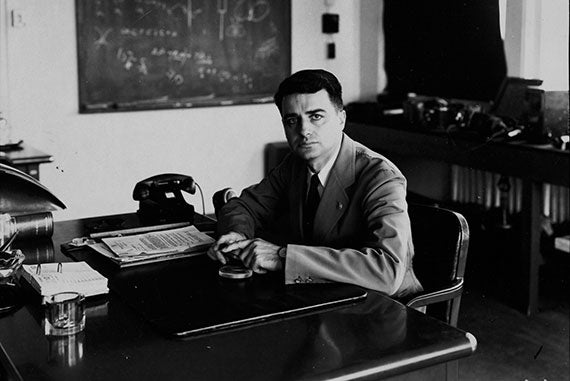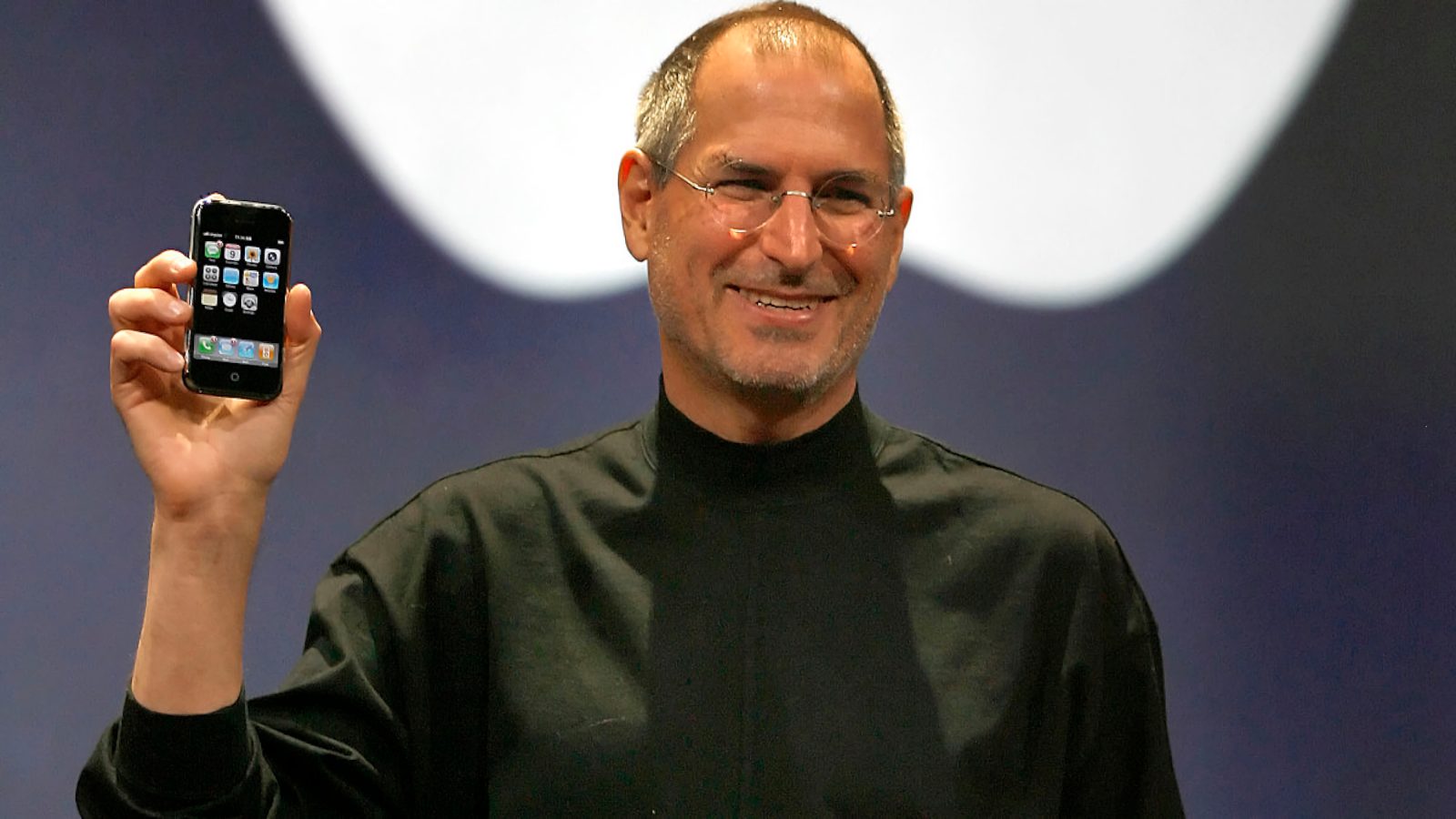In a groundbreaking release, the Steve Jobs Archive has unveiled a treasure trove of essays, emails, interviews, and personal notes. It reveals the mind that birthed Apple, the most valuable company in the world.
And the best part? This collection is available as a free e-book.
Reading this book is like having Steve Jobs talking to you, imparting his decades of wisdom. It contains a range of never-before-seen material, including emails that Steve frequently sent himself to crystalise his thoughts.
The collection contains brilliant lessons from Steve on life, leadership and entrepreneurship. Here are some highlights.

This post was written by a Financial Horse Contributor.
Live life like it is your last day
Steve Jobs was preoccupied with death. This was evident in his speeches and interviews. He often emphasised the fleeting nature of life and the importance of living each day to its fullest.
In his famous 2005 Stanford Commencement address, he said:
When I was 17, I read a quote that went something like: “If you live each day as if it was your last, someday you’ll most certainly be right.” It made an impression on me, and since then, for the past 33 years, I have looked in the mirror every morning and asked myself: “If today were the last day of my life, would I want to do what I am about to do today?” And whenever the answer has been “No” for too many days in a row, I know I need to change something.
Remembering that I’ll be dead soon is the most important tool I’ve ever encountered to help me make the big choices in life.

The reward is not in the pot of gold, it is crossing the rainbow
Steve Jobs’ philosophy was influenced by Buddhist teachings. So, rather than being paralysed by the inevitability of death, he embraced the impermanence of life. He used his short time on earth to pursue his life’s work.
He explained it most eloquently in his speech at the Palo Alto High School graduation in June 1996. This was almost ten years before his Stanford commencement speech. He said:
Make your avocation your vocation. Make what you love your work. The journey is the reward.
People think that you’ve made it when you’ve gotten to the end of the rainbow and got the pot of gold. But they’re wrong. The reward is in crossing the rainbow.
That’s easy for me to say—I got the pot of gold (literally). But if you get to the pot of gold, you already know that that’s not the reward, and you go looking for another rainbow to cross.”
Think of your life as a rainbow arcing across the horizon of this world. You appear, have a chance to blaze in the sky, then you disappear.
The importance of mentors
Steve Jobs is in the hall of fame of tech visionaries. It’s easy to see him as a “lone genius” who accomplished this feat singlehandedly. The collection debunks that myth — Jobs frequently credits mentors and peers for ideas.
Jobs stood on the shoulders of giants. Though not mentioned in the book, Jobs considered a hero Edwin Land, the co-founder of Polaroid. He admired the inventor of instant photography and explicitly modelled his career after him.

Another of Job’s mentors was Robert Noyce, co-inventor of the microchip and co-founder of Intel.
When they first met, Steve was in his late 20s, and just starting out in the computing industry. Noyce was in his late 50s, and already a legend in the semiconductor industry.
Looking back at the moment, Steve recounted at the time the wisdom of the elders: “And now that I’m approaching fifty, it’s easy to see how people in their fifties know more than people in their twenties.”
When asked what he stuck most from his conversations with Noyce, Jobs said: “The things I remember are not the business things. It’s actually more personal stuff. I remember him trying to teach me how to ski better. I remember when I got fired from Apple, he was one of the first people to call me.”
Jobs was lucky to call the fathers of the microchip his mentors in the early days of Apple. He was in Silicon Valley in an era when semiconductor companies were leading the early computer companies. But he also had the “chutzpah” (the Yiddish word for extreme self-confidence or audacity) to call the leaders at leading companies of the day like Andy Grove of Intel and Robert Noyce and ask to pick their brains.
Learning from the best is the key to success, and Steve Jobs understood the importance of mentors in his own journey. This curiosity and hunger to learn is common among successful people across all fields.
One of the lessons Noyce imparted to Jobs was understanding his role as a leader:
When you get into your fifties—I’m forty-eight, I’m kind of there, pretty much—you’re not grabbing the pencil out of the twenty-five-year-old’s hand to do it better than they are.
If you’re smart, you’re hiring twenty-five-year-olds who are smarter than you.
You know things that they don’t know, and they know things that you don’t know, and it all works. It shouldn’t have been Bob that was designing the breakthrough chips, and if it was, then he ain’t running the company. His job was to, number one, recruit; number two, set an overall direction; and number three, you know, inspire and cajole and persuade. And if that’s what he’s known for, that means he’s doing the job. He had his day when he was the young hotshot, and he came through. But that wasn’t the job.
The Best Way to Manage a Team
Jobs once said that the management techniques taught in business school are “all a crock”.
Instead, the best technique he found is called management by values. He credits this to a person he met who was recruited by Walt Disney to run Disney University, the global training program for employees of the parks and experiences divisions.
Here’s how Steve explains the technique:
What that means is you find people that want the same things you want, and then just get the hell out of their way.
The way I describe it is, let’s say we’re all going to take a trip together. The first thing is to figure out where we all want to go. The worst thing is if we all decide we want to go to different places. You can never manage it. You want to go to New Orleans. You want to go somewhere else. I want to go to San Francisco. You want to go to San Diego. It doesn’t work. Right?
But if we all want to go to San Diego, that’s the key. Then we can argue about how to get there. [Pointing] You think it’s better to walk. You think it’s better to take a plane. You think it’s better to take a train. We’ll figure that [part] out. Because if I say, “I want to take a train to San Diego,” and somebody goes, “That’s really stupid! It will take three days! We can fly and be there in an hour,” I’ll go, “Oh. OK.” Because, actually, I want to go to San Diego. So if I can get there in an hour [flying], I’ll ditch my idea about the train.
That’s what management by values is. It’s finding people with passion that want to go to San Diego—who want to go to the same place you want to go to! Right? That’s the key.
This was how Steve Jobs led Apple’s amazing turnaround when he returned as CEO in 1997 after being fired by the Apple board 12 years before. In diagnosing Apple’s challenges during his absence, Jobs said:
What happened at Apple was that Apple’s goals used to be to make the best personal computers in the world. And then the second goal was to make a profit so we could keep on doing number one. Right?
What happened was that, for a time, those got reversed: “We want to make a bunch of money, and so, OK, to do that, we’re going to have to make some good personal computers.” But it didn’t work. It never works. And so things start to fall apart.
Conclusion

Steve Jobs was a master of the keynote. He turned boring product announcements into an art where people would go wild as he revealed the iPhone, iPad, Macs, and more.
“One more thing” was a phrase he used to surprise the audience with a new product or feature after seemingly ending his speech (watch this 52-minute compilation of every time he used it).
“Make Something Wonderful” ends with a wonderful passage from Jobs, which is also a fitting conclusion for this article. In 1994 — two years before he returned to Apple — Steve Jobs was interviewed by the Santa Clara Valley Historical Association.
Jobs talks about discovering the one simple secret of life.
Life can be much broader once you discover one simple fact—and that is: everything around you that you call life was made up by people that were no smarter than you.
And you can change it. You can influence it. You can build your own things that other people can use.
And the minute you can understand that you can poke life, and if you push in, then something will pop out the other side; that you can change it, you can mold it—that’s maybe the most important thing: to shake off this erroneous notion that life is there, and you’re just going to live in it versus embrace it, change it, improve it, make your mark upon it.
I think that’s very important, and however you learn that, once you learn it, you’ll want to change life and make it better. Because it’s kind of messed up in a lot of ways.
Once you learn that, you’ll never be the same again.